How Does Mechanical Heat Recovery Ventilation Work?
Mechanical heat recovery ventilation sounds like a complicated process. Which it is, but, it’s a process that could greatly benefit your whole home. In this blog, we will address the question ‘How does Mechanical heat recovery ventilation work?’
With new buildings being made to be as energy efficient as possible, and the UK aiming for 95% of its electricity usage to be low carbon by 2030, it is imperative to understand how we can make the most of our ventilation. This is where MVHR units come in.
To prevent mould, fresh air should constantly be introduced into your dwelling daily, as it helps to regulate temperature and reduce condensation. Introducing fresh air can be as simple as having a ventilation routine, or installing extractors or MVHR units. Almost all of this is facilitated by ducting.
What is mechanical heat recovery ventilation?
Mechanical heat recovery ventilation is a process facilitated by ventilation units known as MVHR, which stands for ‘Mechanical Ventilation with Heat Recovery’, It is an advanced form of a ventilation system.
Its advancement is characterised by the fact that it can retain the heat in the space it ventilates, whilst simultaneously filling the home with filtered outdoor air. MVHR units are available as a single or a multi-room unit.
Single room MVHR units are ideal for bathrooms or kitchens, whereas whole house units are appropriate for any home, as long as the home is appropriately insulated, you will feel the full effects of the MVHR unit.
Whether your home is new or old, MVHR is a win-win. Your home will feel comfortably warm, whilst also combatting the environments that mould thrives in. You gain the benefits of having fresh air, an environment with a reduced level of allergens, and peace of mind that you’re saving money on energy bills in the long-term.
The benefits provided by the system pale in comparison to the comfort you have knowing that mould will struggle to grow in your home. Mould can seriously affect anyone with an allergy to it, along with those with a compromised immune system.
MVHR benefits
The benefits of heat recovery systems are the following:
- Holds all the benefits of an extractor, including the removal of stale air, humidity and smells.
- It helps to prevent the cultivation of mould through the removal of humidity.
- Temperature sensors ensure that additional heat is not being added to the atmosphere of the home if it is already hot.
- Heat recovery systems take a lot of the burden from you conducting a ventilation routine. This is ideal for a vulnerable person.
- Less of a need to use your central heating frequently as the heat generated through your house is recycled through the heat recovery unit.
- The reduced use of heating as a result of the heat conservation granted by a heat recovery unit can help you save on energy bills.
How does mechanical heat recovery ventilation work?
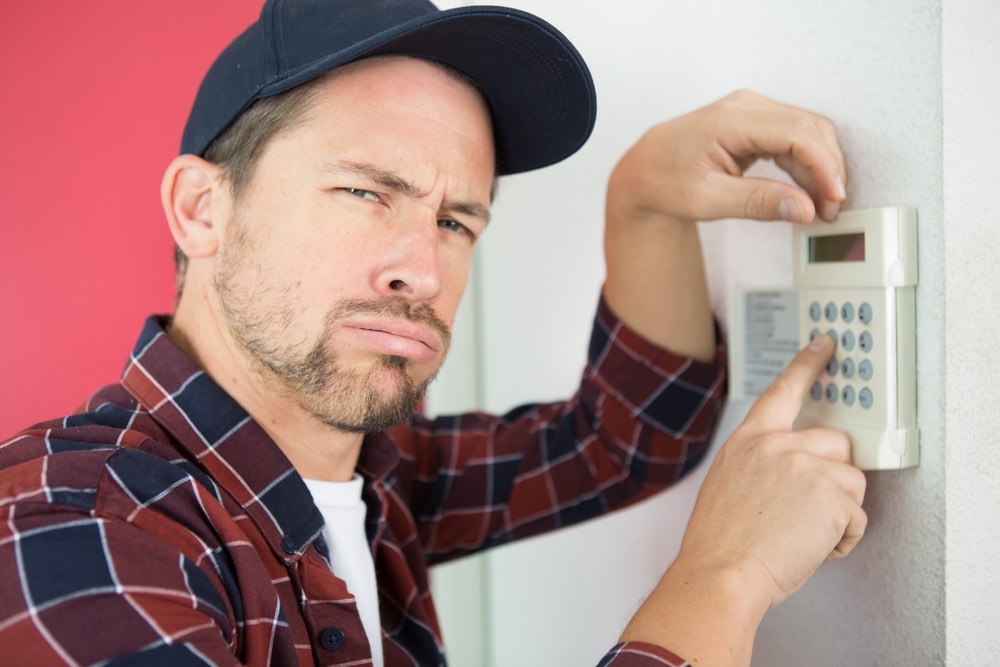
Put simply, mechanical heat recovery ventilation works by applying the following process.
- The air from inside is extracted from rooms within the dwelling.
- As the air is extracted, residual heat is transferred to a mechanism called a ‘central heat exchanger’.
- At the same time, air from the outdoors is extracted into the unit’s ventilation.
- Upon entry, the air passes through a filter whilst travelling through the ventilation.
- It then meets the central heat exchanger, which warms it to the appropriate indoor temperature.
- The air continues along the ducting and deposited into the dwelling.
Mechanical heat recovery ventilation is an intricate process that results in the following effects…
- Reduction of humidity.
- A maintained level of warmth that would otherwise be lost in regular extraction.
- An improved air flow that allows fresh outdoor air to enter into the dwelling.
- Increased air quality that is noticeably more free from dust and allergens.
Is mechanical heat recovery ventilation good for you?
Practically speaking, yes. Mechanical heat recovery ventilation can be good for you if you take note of the positive impact it can have on your home, and as a result, you. Let’s break down how the benefits of MVHR can be good for you.
Humidity
A reduction of humidity in your home can help to prevent mould. As humidity can lead to condensation, which can be a breeding ground for mould.
Mould can cause serious damage to your home, and result in health concerns if it is left to grow. Preventing the environment it needs to thrive is therefore important, which is why reduced humidity is key. As mould prefers that environment.
Warmth
Generally, most of us aren’t too keen on being cold all the time. We find comfort in warmth, and being comfortable in your home should be the standard, not an option.
Additionally, the rise of energy bills means some of us have to act sparingly with our heating, so having a home that is comfortably warm means you’ll be using the heating less, so you save money.
Improved airflow and quality
For those with allergies to dust, manually removing the particles from your home can be a constant and draining process. Which is why assistance from MVHR can allow you to have a deserved sigh of relief.
Furthermore, improved airflow helps to combat humidity, and helps to remove smells and stale air.
What’s the best way to install Mechanical heat recovery ventilation?
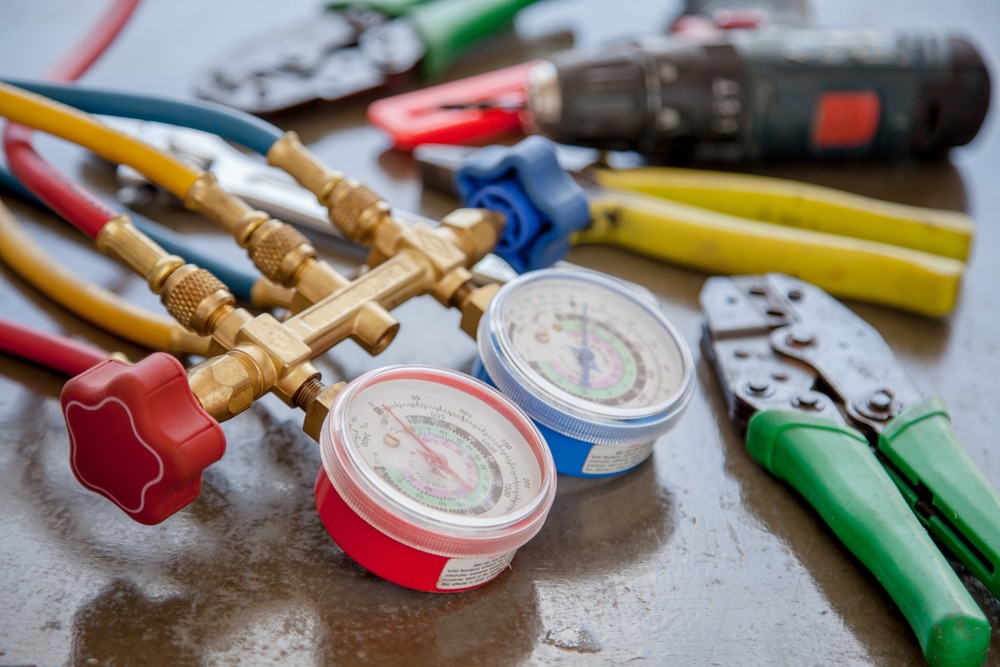
If you have no experience in doing this, and aren’t confident on DIY projects, we recommend using the services of experts.
In order to acquire the services needed to install your heat recovery unit, you must search for a ‘HVAC contractor.’ They can be found online or other directory formats. Some may be in your vicinity, whilst others provide services in various areas.
The likelihood is there would be a consultation, which may take place as a home visit. This is to ascertain the space available, and if there is anything in the home that would hinder the process. After this, they would likely provide a quote and go from there.*
If you want the best MVHR system suitable for your home, it may be worth contacting a HVAC contractor before buying your heat recovery system. So they can advise what from our range is best suited to your home and needs.
*Please note that this is a general description of what may happen with a HVAC contractor. It does not reflect the individual practices and processes of every HVAC contractor.
What is MVHR commissioning?
MVHR commissioning is the process of having your MVHR system tested to ensure it is balanced. MVHR systems operate differently depending on the dwelling they are placed in, as well as the size of the rooms and more, which is why commissioning is required.
A further reason for MVHR commissioning is to ensure the system meets ‘part F’ of UK building regulations. ‘Part F’ is a regulation based on ventilation requirements to maintain indoor air quality.
The best place to buy mechanical heat recovery ventilation
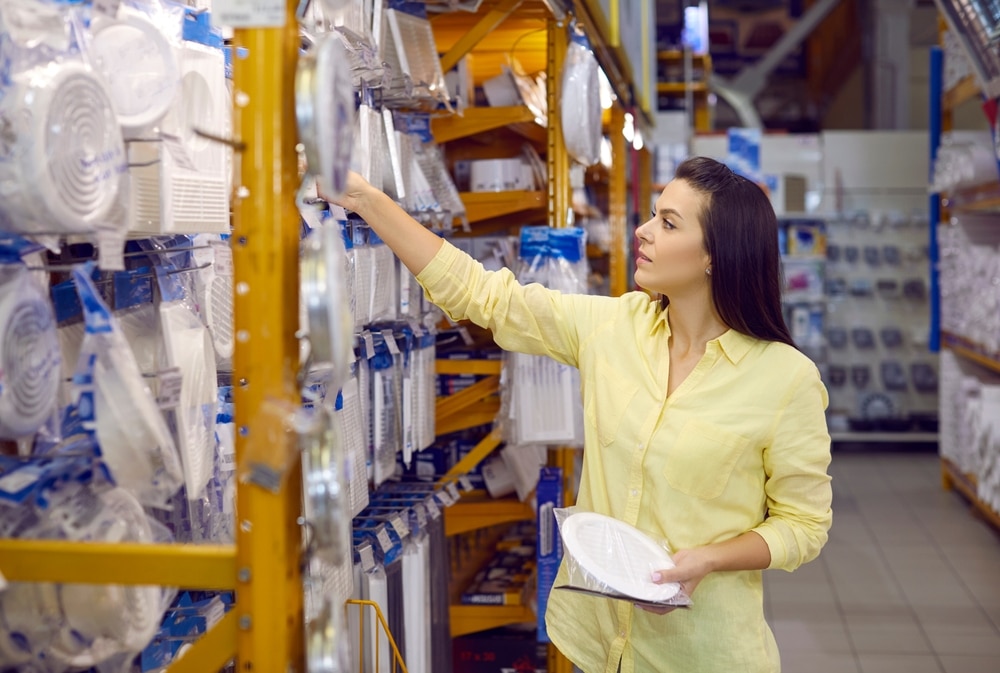
We at I-Sells endeavour to ensure our customers have all the information they require before investing in our mould solutions. Be sure to visit our blog page to learn about the vast array of factors and issues surrounding ventilation, mould, condensation, and much more.
We hope to have answered the question ‘How does mechanical heat recovery ventilation work?’
We understand you may have more questions, do not hesitate to contact us for more information about whatever you need our help with. If you’d like to email us, click here. For other contact options, see below:
Call us on 020 8463 9696
Visit us at our showroom:
*OPENING TIMES*
Monday – Friday: 8:00 am to 5:30 pm
Saturday: 9:00 am to 12:00 pm
Sunday: Closed
15 St John’s Parade
Sidcup, Kent
DA14 6ES
United Kingdom


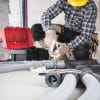


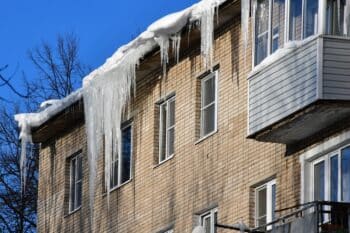
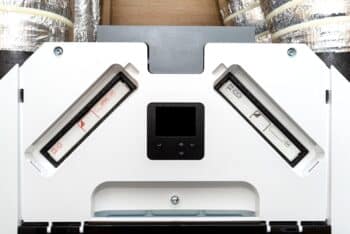
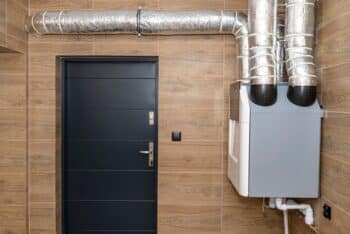
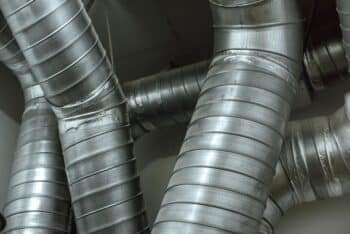









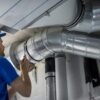








Add comment
You must be logged in to post a comment.